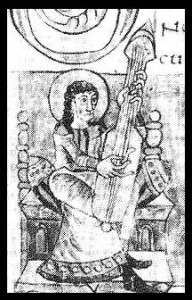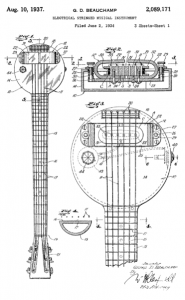History of Guitars
This article on the story of stringed instruments and guitars prompted me to do some reading on wikipedia regarding the origin of guitars. If you’ve ever wondered whether your six-stringed instrument descended directly as a gift from the gods themselves, back when man was rubbing two sticks together to produce fire, then prepare for some education.
Some interesting tidbits:
- The word guitar probably comes from Spanish guitarra, derived from the Latin wordcithara, which in turn was derived from the earlier Greek word kithara, which perhaps derives from Persian sihtar
- The guitar traces back thousands of years – the oldest known iconographic representation of an instrument displaying all the essential features of a guitar being played is a 3300 year old stone carving of a Hittite bard
- The Spanish vihuela or “viola da mano” of the 15th and 16th centuries is usually considered the immediate ancestor of the guitar. It had lute-style tuning and a guitar-like body.
More interesting fun-facts about the electric guitar:
- The electric guitar was patented by George Beauchamp in 1936. Beauchamp co-founded Rickenbacher which used the horseshoe-magnet pickup.
- However, it was Danelectro that first produced electric guitars for the wider public
- The earliest documented use of the electric guitar in performance was during October 1932 in Wichita, Kansas by guitarist and bandleader Gage Brewer
- The largest playable electric guitar was completed by 11 students in the Academy of Science and hoper with their physics teacher Scott Rippetoe in 2000. The Gibson ’67 Flying V replica guitar measures 13 meters (43 feet, 7 1/2 inches) long, 4.88 meters (16 feet, 5 1/2 inches) wide, and weighs 1018 kilograms (2,244 pounds)
I hope you feel a bit more informed now about how that finely crafted instrument that you’re playing came about…



Leave a Reply